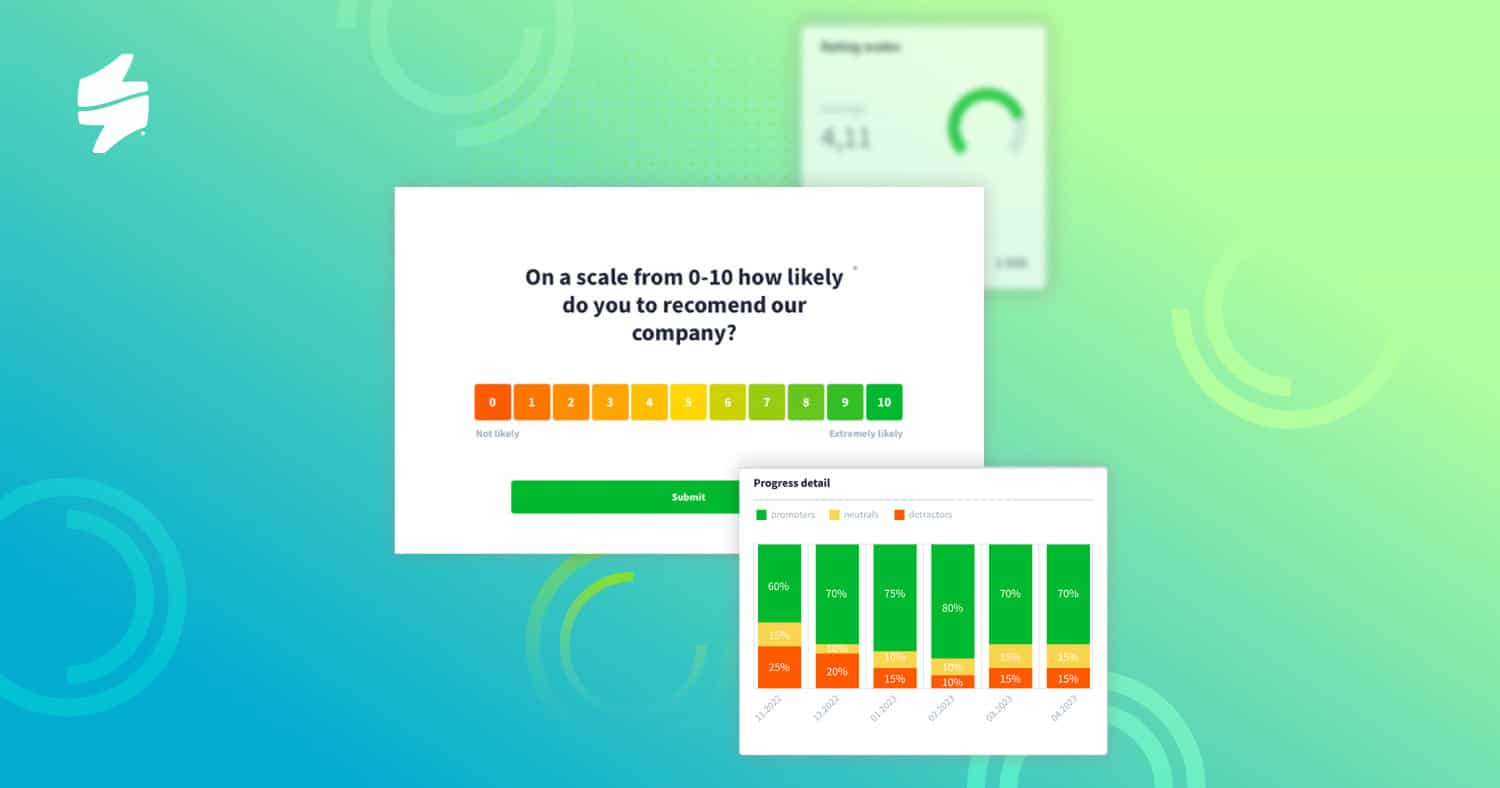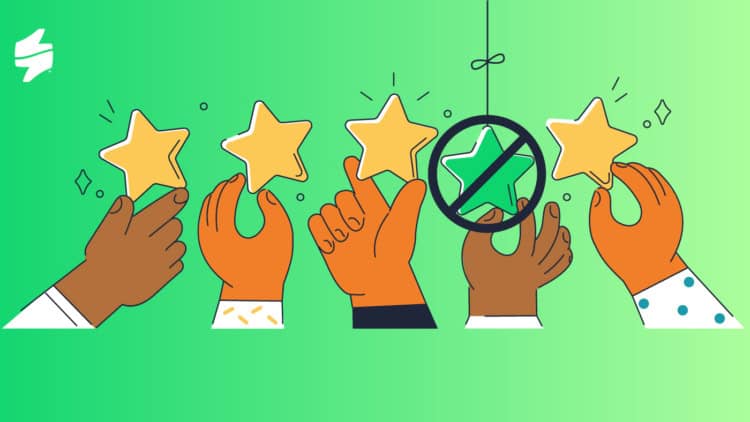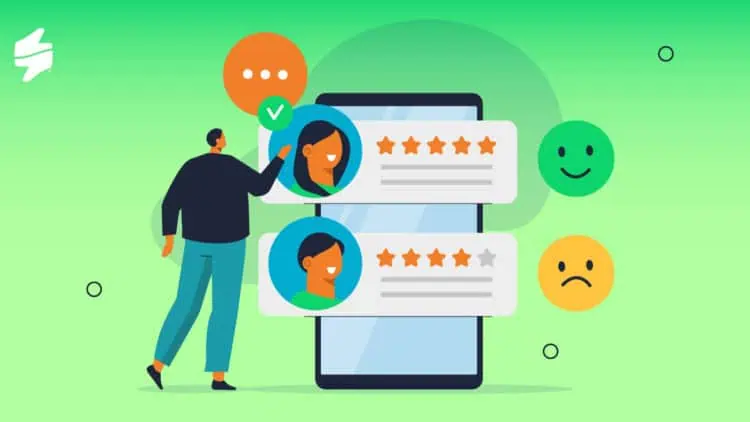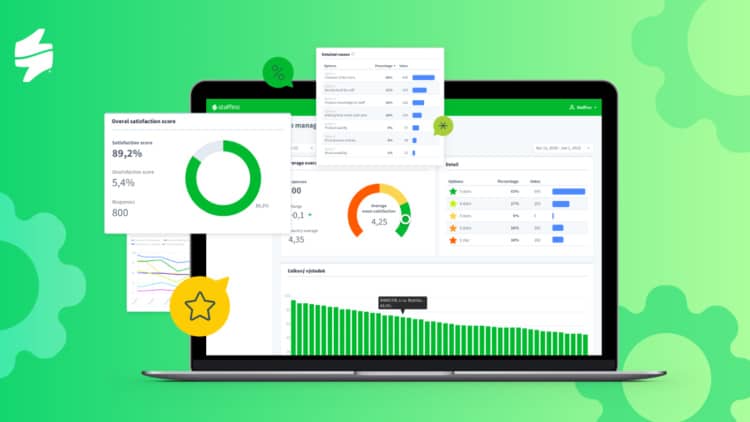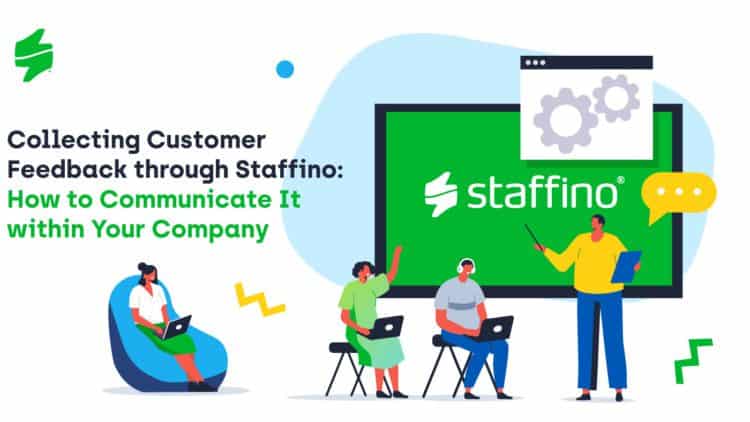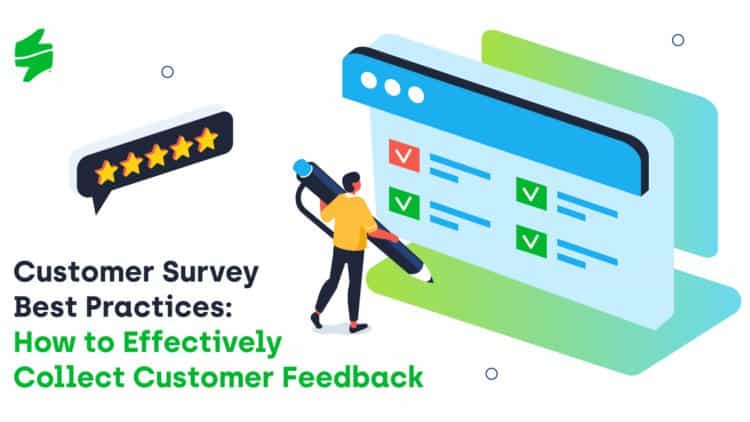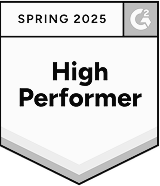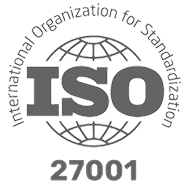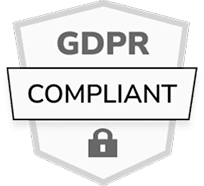Understanding and enhancing customer experience (CX) is not just a necessity—it’s an art. The key to mastering this art lies in effectively measuring customer experience KPIs and metrics. With the right tools and strategies, you can transform raw data into actionable insights, driving customer satisfaction and loyalty to new heights.
In this article, we’ll explore how to measure key customer experience metrics and the magic of using a customer satisfaction survey creator to make it happen. Believe us, it’s a game-changer for businesses aiming to craft and distribute CX surveys effortlessly!
The Importance of Measuring Customer Experience
Before diving into the how-tos, it’s crucial to understand the ‘why.’ Measuring customer experience provides a window into your customers’ thoughts and feelings about your brand. It helps identify what you’re doing right and areas for improvement. By tracking customer experience KPIs over time, you can make informed decisions that lead to better products, services, and overall customer satisfaction
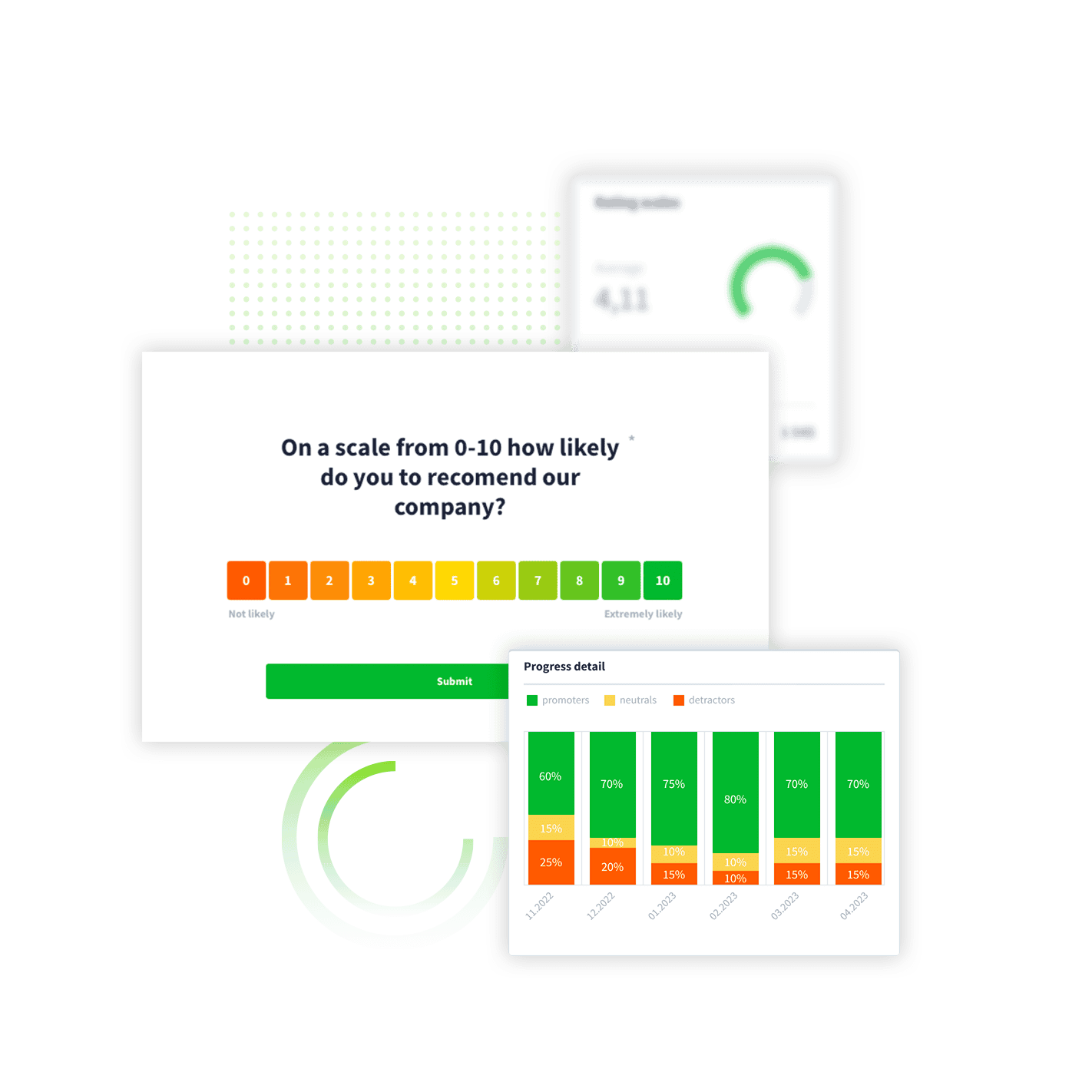
Here are the most commonly experienced benefits of measuring CX metrics:
- Understanding customer needs: Enables businesses to deeply understand customer needs and expectations, allowing for more personalised and effective service offerings.
- Efficient resource allocation: Identifying specific areas for improvement allows companies to allocate resources more efficiently, focusing on initiatives that directly enhance the customer experience.
- Adaptability to trends: Continuous monitoring of CX metrics enables you to stay ahead of trends and adapt to changing customer preferences, ensuring competitiveness.
- Fostering a customer-centric culture: A focus on measuring and improving CX helps foster a culture that prioritises customer needs and experiences.
- Improved customer satisfaction: A strategic approach to improving specific areas of the customer experience frequently mentioned in customer feedback can significantly improve overall satisfaction.
- Positive word-of-mouth: Enhanced customer satisfaction can lead to positive word-of-mouth, attracting new customers and opening up additional revenue streams.
- Sustainable long-term growth: Ultimately, the insights and improvements driven by a focus on CX contribute to sustainable long-term revenue growth for your business, as you can see in this case study conducted with our client, Dr.Max Pharmacy Chain.
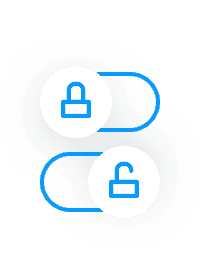
Boost Customer Experience with NPS, CSAT & CES
Get the most accurate and actionable insights into your customer satisfaction with Staffino's CX metrics. With automated surveys and effective reporting, you can quickly gain valuable insights into your customer journey.
How to Measure Customer Experience? Key Customer Experience KPIs and Metrics
NPS vs CSAT: Which is the ideal customer experience metric for your business? Below, we’ve outlined the key customer experience KPIs, complete with definitions and sample questions, to help you decide which one best fits your business needs. So, let’s dive into the differences between CSAT vs NPS.
1. Net Promoter Score (NPS)
The Net Promoter Score is a crucial metric derived from asking customers a single question: “On a scale of 0-10, how likely are you to recommend our brand/product/service to a friend or colleague?” Based on their responses, customers are categorised as NPS Promoters (9-10), Passives (7-8), or Detractors (0-6).
The NPS is calculated by subtracting the percentage of Detractors from the percentage of Promoters. It’s a powerful indicator of building customer loyalty and can predict business growth.
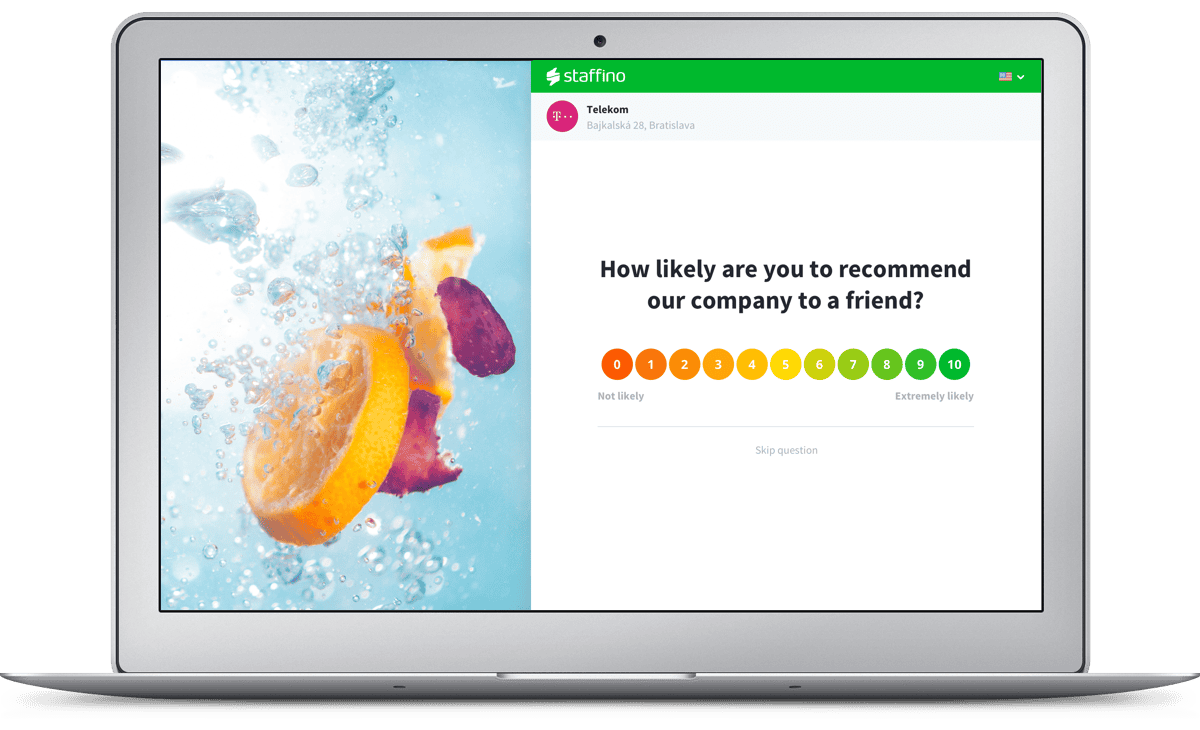
Example NPS survey questions:
1. How likely are you to recommend our product to someone else?
2. On a scale of 0-10, how likely are you to suggest our service to a friend or family member?
3. Considering your complete experience with our brand, how likely are you to recommend us to your peers?
2. Customer Satisfaction Score (CSAT)
The CSAT metric is one of the most widely used customer experience measurement tools. It gauges customers’ satisfaction levels with your product, service, or a specific interaction. It’s typically measured through direct questions like, “How satisfied were you with the [product/service] you received?”
Respondents rate their satisfaction on a scale, typically from 1 (very unsatisfied) to 5 (very satisfied). The Customer Satisfaction Score is then calculated by averaging these responses, providing a quick snapshot of customer happiness.
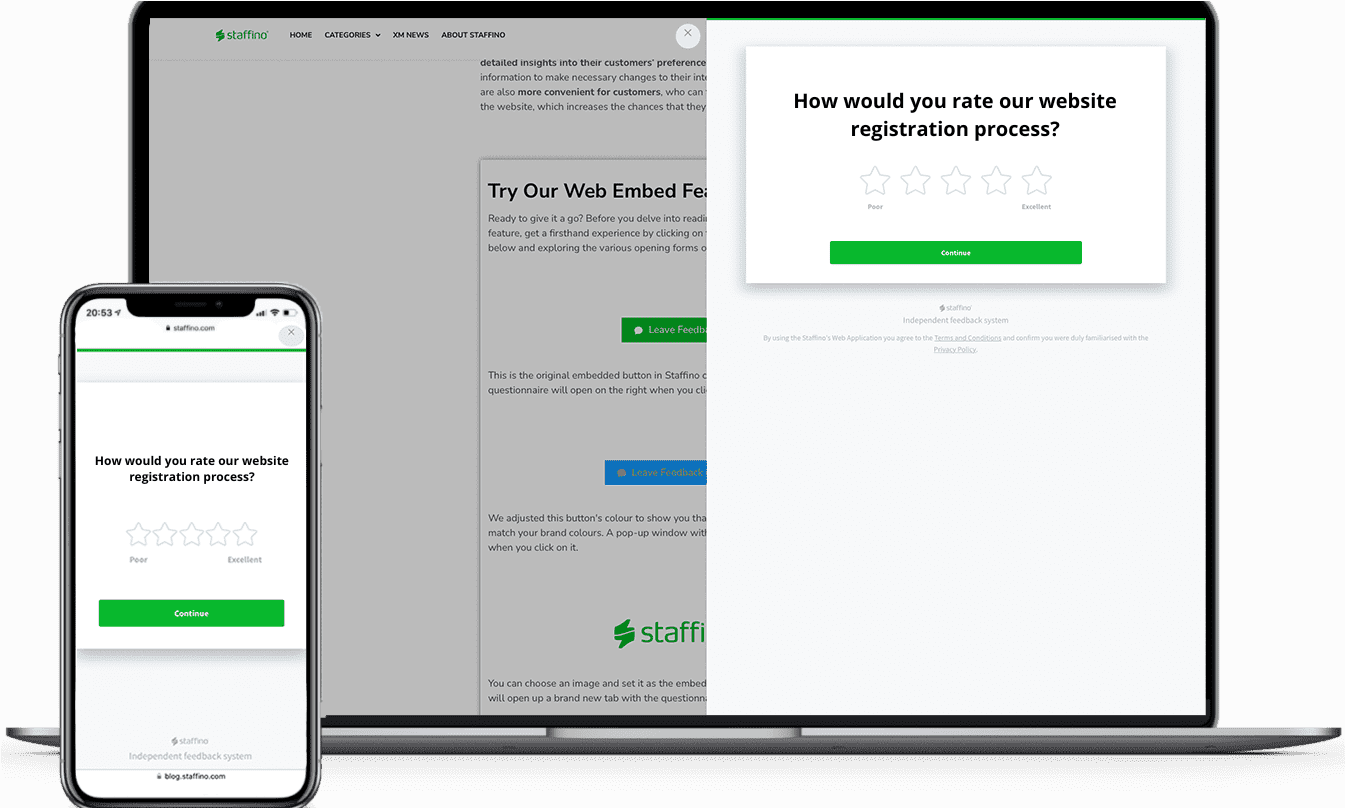
Example CSAT survey questions:
1. How satisfied were you with your recent purchase?
2. On a scale of 1-5, how would you rate your satisfaction with our customer service?
3. How satisfied are you with the ease of use of our product?
3. Customer Effort Score (CES)
CES measures the ease with which customers can interact with a company, solve their problems, or get their needs met.
A low effort score means that customers can achieve their goals easily, enhancing overall satisfaction and loyalty. Customer Effort Score is usually measured by asking, “On a scale of ‘very easy’ to ‘very difficult’, how easy was it to deal with our company today?”

Example CES survey questions:
1. How easy was it to find the information you were looking for on our website?
2. How easy was it to complete your purchase with us?
3. On a scale of 1 (very difficult) to 5 (very easy), how would you rate your experience in getting your issue resolved?
4. Customer Churn Rate
Customer Churn Rate is a critical metric for businesses as it measures the percentage of customers who discontinue their subscriptions or stop buying products within a certain timeframe. It usually uses open-ended questions or multichoice questions.
A high churn rate can indicate dissatisfaction and can significantly impact revenue and growth. Tracking churn helps companies identify issues, improve customer retention management, and strategise on increasing customer loyalty.
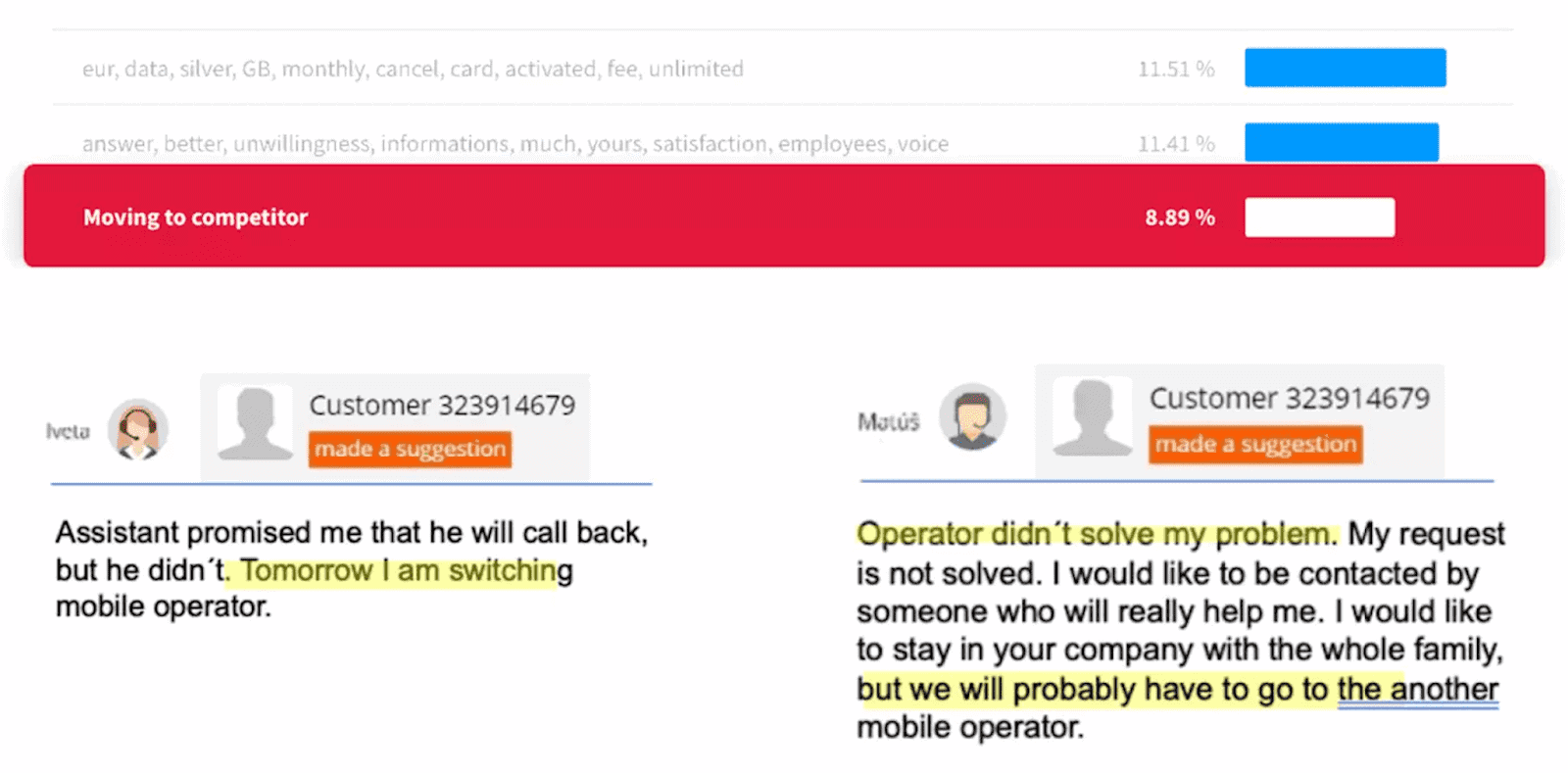
Example churn rate survey questions:
1. What is the primary reason for cancelling your subscription?
2. Could you share why you haven’t made a repeat purchase?
3. What could we have done differently to keep you as a customer?
5. Customer Lifetime Value (CLV)
Customer Lifetime Value is a forecast of the total value a business can expect from a single customer account throughout their relationship. It helps companies understand the long-term value of investing in customer relationships. CLV is crucial for segmenting customers, optimising marketing spending, and identifying high-value customers to target customer retention efforts.
Example CLV survey questions:
1. How often do you use our product/service?
2. How likely are you to continue using our product/service in the future?
3. What other products/services of ours do you use?
Each of these metrics and KPIs plays a vital role in understanding and enhancing the customer experience. By leveraging various customer feedback methods and regularly measuring and acting on these CX metrics, you can significantly improve customer satisfaction, loyalty, and, ultimately, your bottom line.

Get the Most Out of Customer Feedback with Mastery Shopping®
Stop relying on one mystery shopper and get real feedback from the people who matter most – your customers. Discover what’s really going on in your business and start making smarter decisions today.
Crafting Effective Customer Surveys for Measuring Customer Experience
To maximise the benefits of any customer survey, it’s essential to follow some best practices for crafting effective customer surveys. Here are several key tips to consider:
- Keep it short and sweet: Lengthy surveys can deter customers from completing them. It’s crucial to strike a balance between brevity and obtaining the necessary information. Aim to ask concise questions that are directly related to the insights you wish to gain.
- Be specific: Ambiguous questions will only lead to ambiguous answers. Specificity is key to acquiring actionable data. Ensure each question is clear and targeted to get the most useful responses.

- Timing is everything: The timing of your survey can significantly impact the response rate. Aim to send surveys when customers are most likely to have the time and inclination to respond, such as shortly after a purchase or a notable interaction with customer service.
- Offer incentives: Providing a small motivation, like discounts or the chance to enter a giveaway, can greatly enhance the likelihood of customers completing your client satisfaction survey. An incentive can serve as a token of appreciation for their time and feedback. For example, our client, the well-known retail brand Billa, automatically enters customers into a gift card giveaway when they complete Billa’s feedback survey.
If you’re uncertain about how to craft effective surveys, CX consulting services can be incredibly beneficial. CX consultancy professionals specialise in creating strategic surveys that ask the right questions in a manner that’s not overwhelming for respondents. By leveraging their expertise, you can significantly increase your survey’s response rate and gather actionable insights. CX consultants understand the nuances of survey design and can help ensure your surveys are both engaging for customers and valuable for your business insights.
Leveraging Staffino’s Customer Satisfaction System
To effectively measure customer experience KPIs, businesses need a reliable and efficient way to gather CX feedback. The customer satisfaction survey creator you are looking for should be designed to make the creation and distribution of customer surveys not just easy but also engaging.
Here’s how our customer survey platform, Staffino, stands out:
- Customisation: Tailor your surveys to reflect your brand’s voice and meet your specific needs, ensuring that every question leads you closer to insightful data.
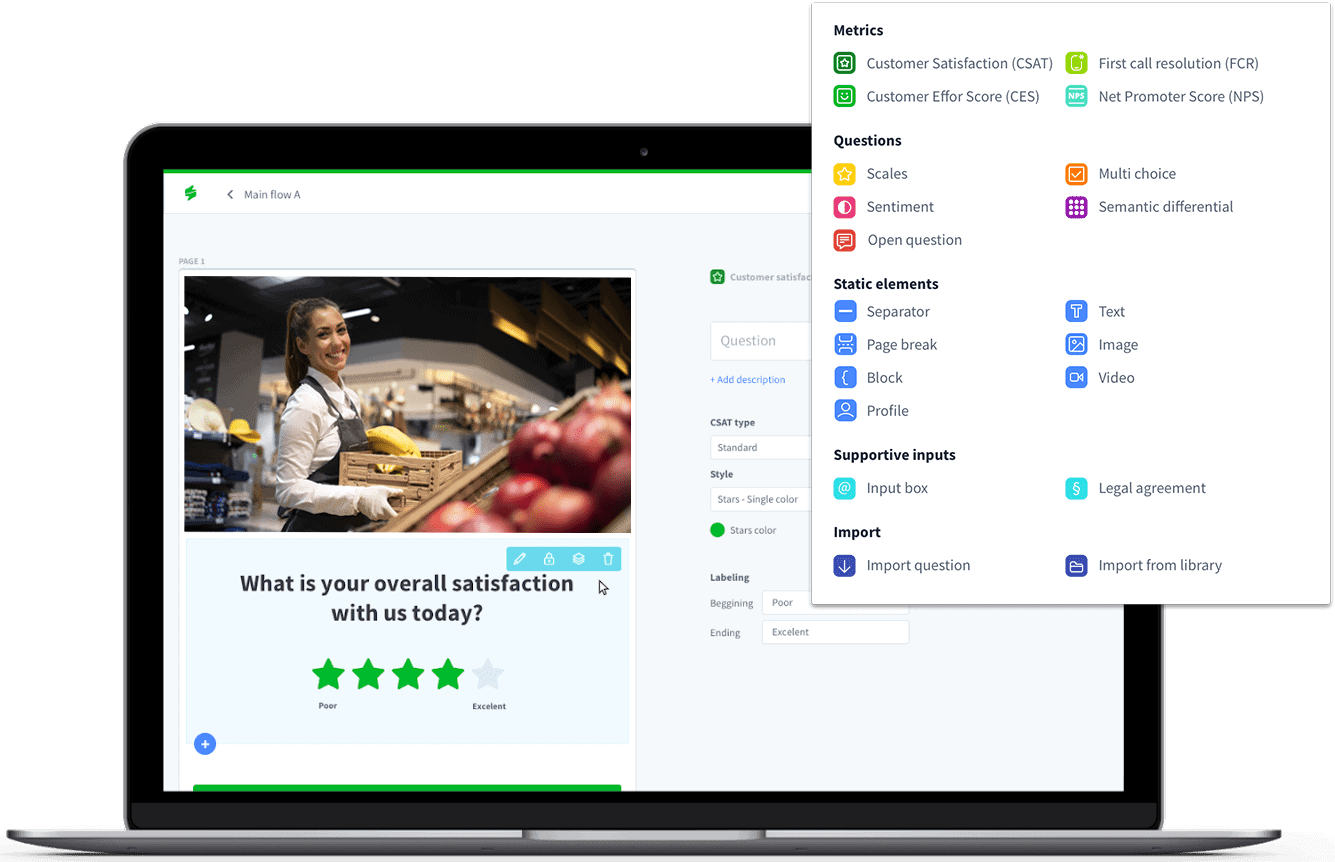
- Simplicity: The intuitive interface makes creating customer surveys a breeze, allowing you to focus more on analysing the data rather than struggling with the tool itself.
- Engagement: Staffino’s customer surveys are user-friendly and designed to maximise response rates, making it more likely for customers to complete them and share their honest feedback. Once they do so, you can further engage with them by closing the feedback loop directly through the online platform.
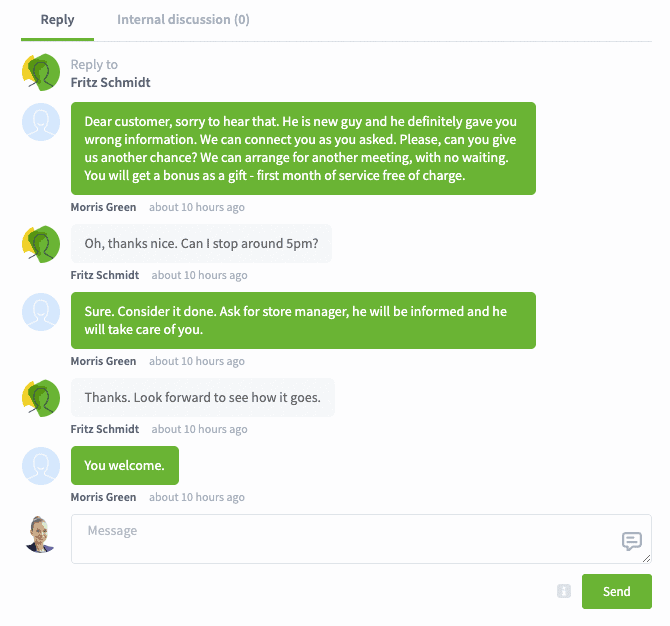
- Analytics: Beyond just collecting responses, Staffino offers powerful AI-driven CX dashboards to help you analyse and understand the data, identify trends, and make data-driven decisions to enhance customer experience.
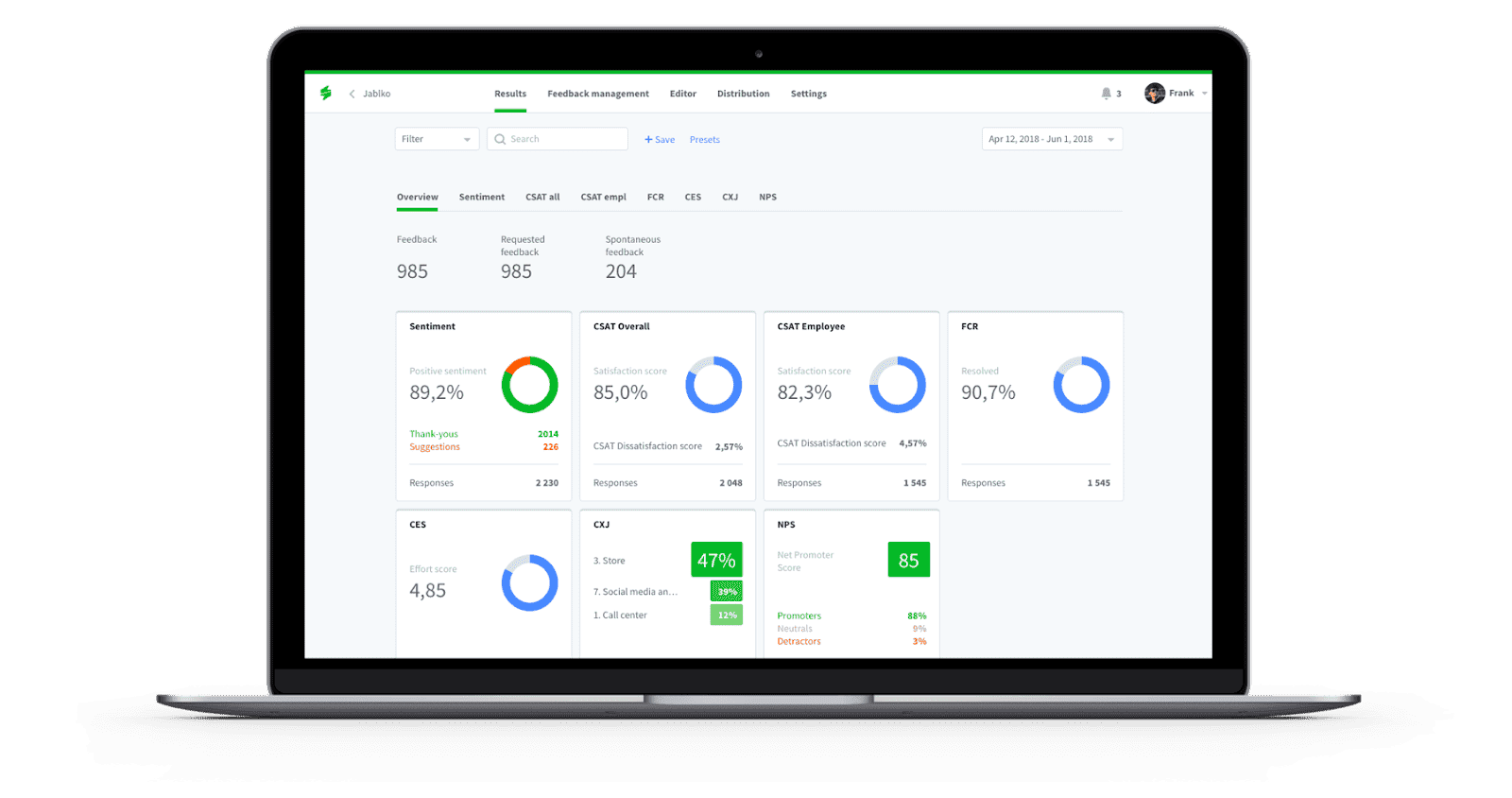
Conclusion
Measurement of the right KPIs and metrics is a journey of continuous learning and adaptation in the quest to enhance customer experience. By leveraging tools like Staffino’s customer satisfaction survey creator, businesses can streamline this process, turning feedback into fuel for growth. Remember, the goal is not just to meet customer expectations but to exceed them, forging lasting relationships that drive success in today’s competitive market.
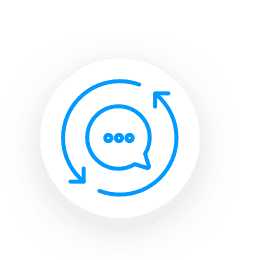
Get a First-Hand Experience Today!
Staffino is the perfect tool for creating engaging surveys, tracking performance, responding to customer feedback, and rewarding top employees. Get started today with our FREE demo!
